Peter Reiss is hopeful that his relationship with serial killer Joel Rifkin will lead to the names of his two unidentified victims.
The producer and his team are examining the cold cases in a new true-crime documentary airing Saturday, “Cold Case Files: The Rifkin Murders.” In it, audiences will see Reiss sitting down with Rifkin following years of exchanging letters and phone calls.
“He still says he wants to be forthcoming and help,” Reiss told Fox News Digital. “When I find inconsistencies, or I feel that he’s frustrating me, I don’t unload on him and let him know. I don’t want to affect the relationship for the possibility of getting more information. So I don’t hold his feet to the fire, so to speak.”
CLICK HERE FOR MORE TRUE CRIME FROM FOX NEWS
Joel Rifkin, center, was once described as New York’s most prolific serial killler. (Andrew Savulich/NY Daily News Archive via Getty Images)
“I just try to get whatever I can,” Reiss added.
It is believed that the 64-year-old killed 17 women in New York during the 1990s. The former landscaper is currently serving more than 200 years in prison after he was convicted in 1994 for murdering nine of the women.
It was 1998 when Reiss first contacted Rifkin. At the time, he was working on a science documentary about how biology could be a factor in what drives people to kill. Reiss, fascinated by Rifkin’s seemingly normal childhood, stayed in touch.
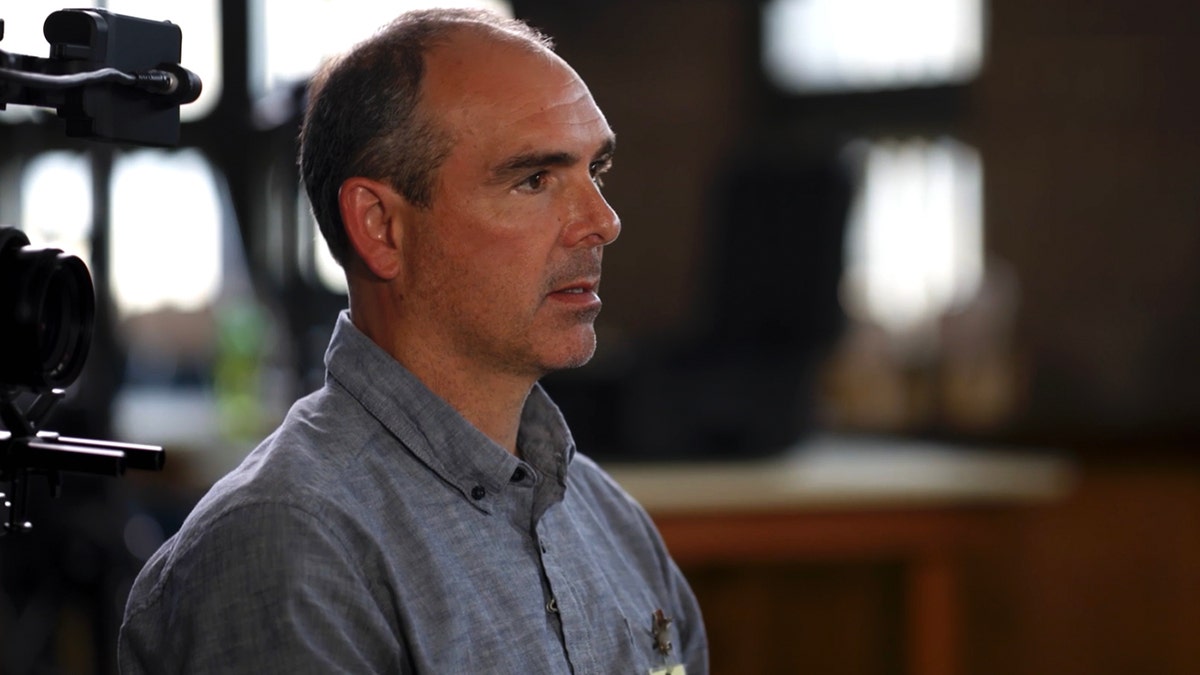
Producer Peter Reiss, pictured here, stayed in touch with Joel Rifkin over the years. (A&E)
Then in 2020, during the coronavirus pandemic, Reiss began reading about the advances of investigative genetic genealogy and how it was becoming essential in identifying unknown victims decades later.
Reiss remembered the two unnamed women who suffered at the hands of Rifkin.
“I wondered if this new technology could help put a name to these women,” he explained. “Their families still have no idea what happened to them over 30 years later. That’s what led me to reconnect with Rifkin, to try to get new information to help achieve that goal.”
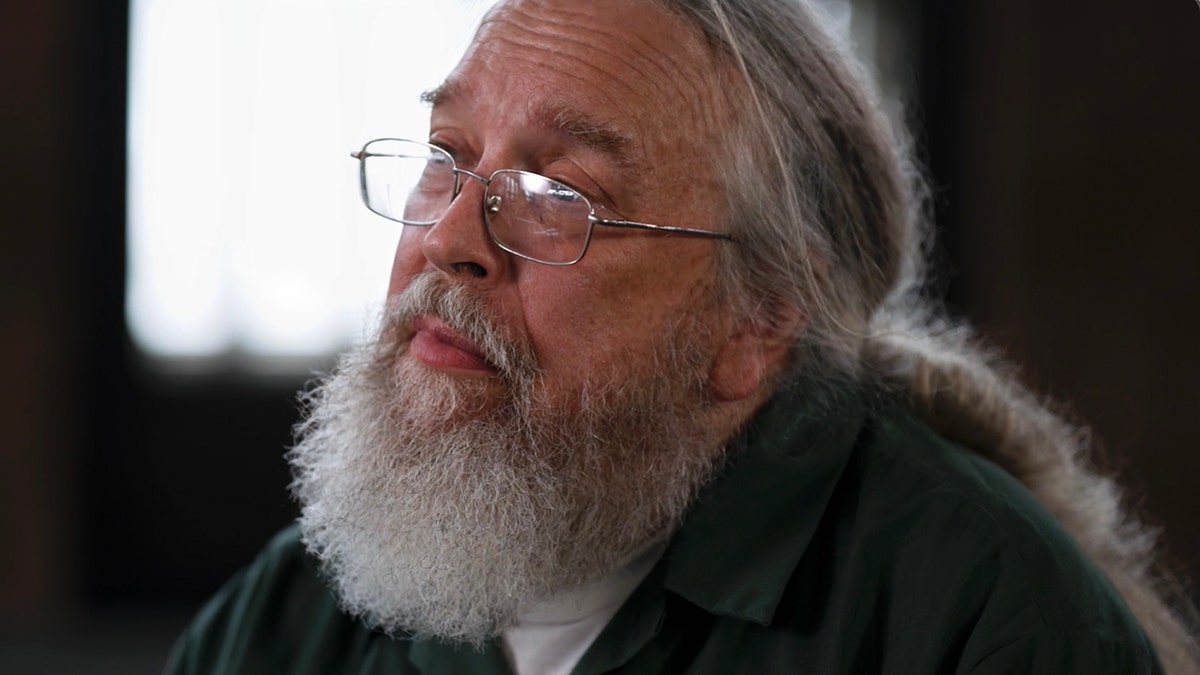
Joel Rifkin is currently serving multiple life sentences. (A&E )
While Reiss would never call Rifkin a friend, the murderer appeared eager to have a new pal.
“He would write me things like Christmas cards, birthday cards,” said Reiss. “I responded once or twice, but then let it go. So the relationship did fizzle a bit, and yet now and then, I would hear from him. I wouldn’t be super reciprocal because I wasn’t sure what I wanted to do with the relationship. But now I have a goal.”
“He says that after many years he now sees his crimes in a new light and wants to do some good,” Reiss continued. “While I believe there is some truth to that, I think he wants to, more than anything, explore the cases once again and see if there could be any new information gained from it.”
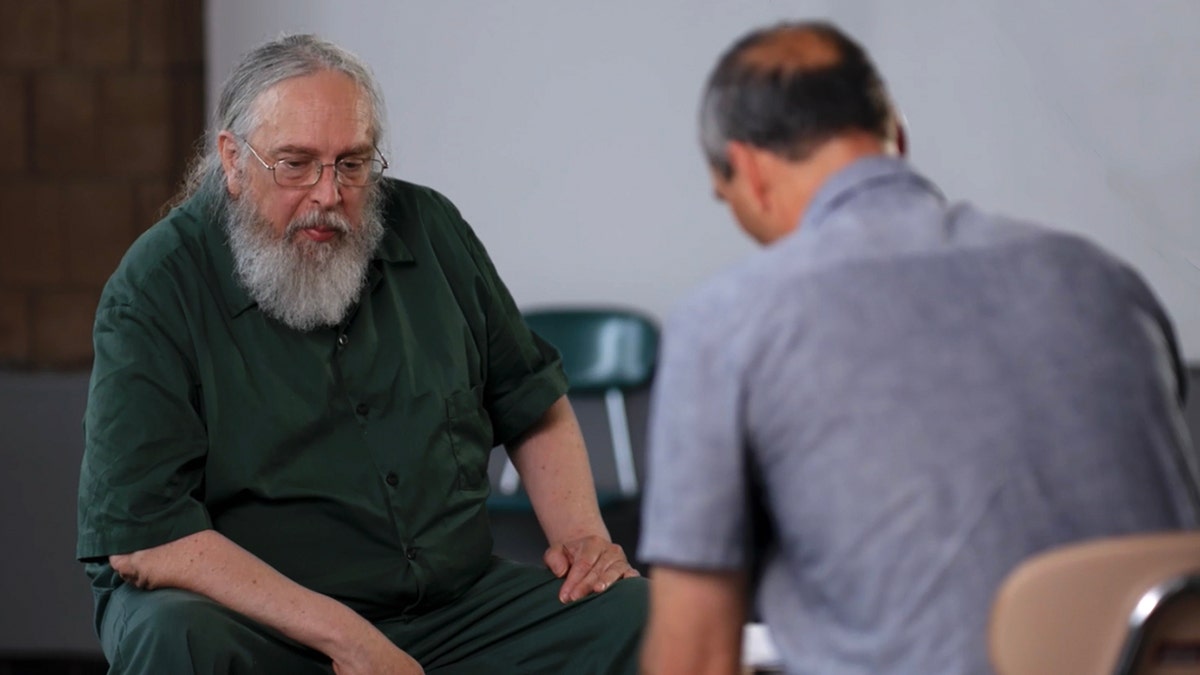
In the documentary, viewers can see Peter Reiss, right, chatting with Joel Rifkin. (A&E)
The unidentified victims are known as “Number Six” and “Number Nine.” According to Reiss, Rifkin admitted to killing “Number Six” in the early ‘90s, but her remains have never been recovered. He noted that the body of “Number Nine” was recovered in 1992 shortly after she was killed and disposed of by Rifkin.
Rifkin’s reign of terror came to an end in 1993 after he was pulled over for a missing license plate. Police discovered the decomposing body of 22-year-old Tiffany Bresciani in the back of his pickup truck. When investigators searched his mother’s home, they found a treasure trove of personal mementos of his victims, including jewelry, underwear and driver’s licenses.
Prosecutor Fred Klein labeled Rifkin a “killing machine.” In 2011, Rifkin admitted that his victim count would have likely been much higher if he was never caught.
HOW ‘UNTRACEABLE’ BURNER PHONES HELPED POLICE BUST ALLEGED GILGO BEACH SERIAL KILLER
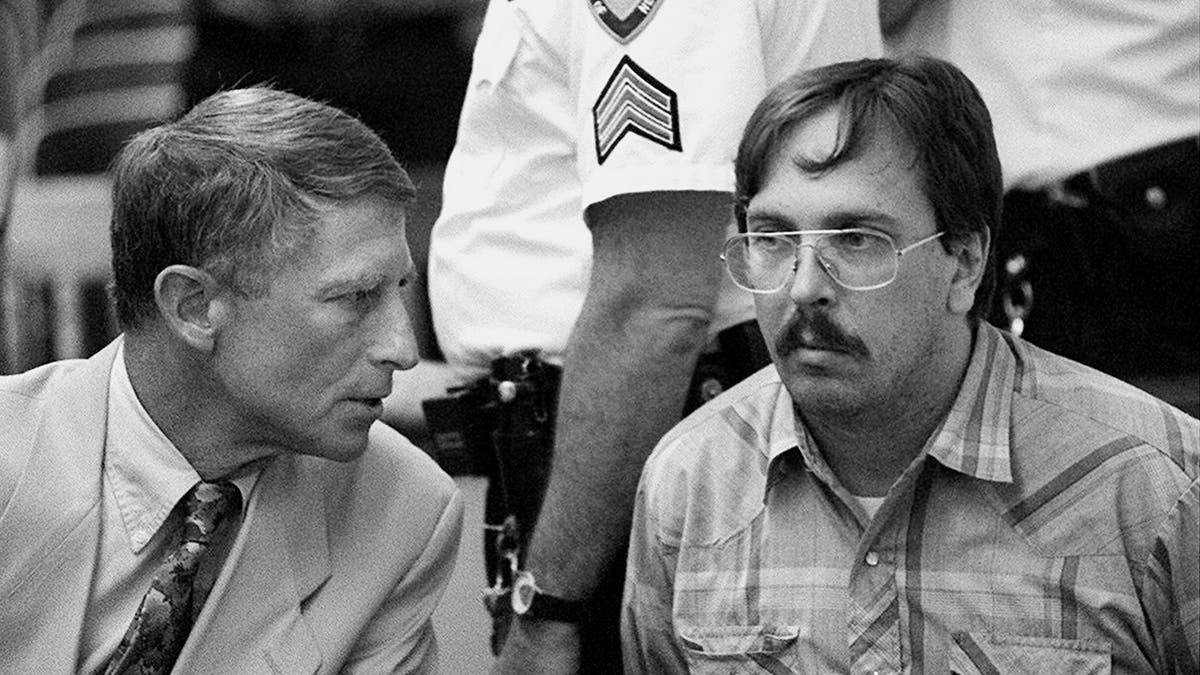
Peter Reiss is hopeful that modern technology could lead to answers concerning Joel Rifkin’s slayings. (Bill Turnbull/NY Daily News Archive via Getty Images)
There is hope that the two unknown victims could be identified today.
In 2013, state police identified Rifkin’s first victim, Heidi Balch. Her severed head was found in 1989 on a golf course in New Jersey. Following his arrest, Rifkin provided details on where he disposed her head and legs. Balch’s identity remained a mystery for more than two decades.
State Police Det. Sgt. Stephen Urbanski said Balch’s parents did not initially list her as a missing person, and Balch, who worked as a sex worker in New York City, used numerous aliases and Social Security numbers.

Police found a decomposing body in the rear of Joel Rifkin’s pickup truck after a pursuit. (Photo by Jim Peppler/Newsday RM via Getty Images)
Rifkin had told police he killed a prostitute he had known as “Susie.” The search led to New York where investigators focused on a prostitute who’d gone by the name Susan Spencer — and about 15 other names. Some of the bogus Social Security numbers she had used were traced to Ohio and Florida.
Finally, investigators learned the woman had once used the name Heidi Balch, who had been listed as a missing person in New York by her aunt in 2001. Even that discovery was complicated by the revelation that the last sighting of Balch was in 1995, six years after the remains were found on the golf course. It was later revealed Balch’s aunt had not actually seen her niece but that someone had mistakenly told her they had seen Balch.
The big break eventually came when Balch’s aunt identified her niece from an arrest photo of Susan Spencer. Subsequent DNA tests of Balch’s mother and father, who live in Maryland and Florida, respectively, confirmed the identification.
GAGGED WOMAN SERIAL KILLER BTK DREW IN TORTURE FANTASY SPARKS NEW CLUES FOR INVESTIGATORS
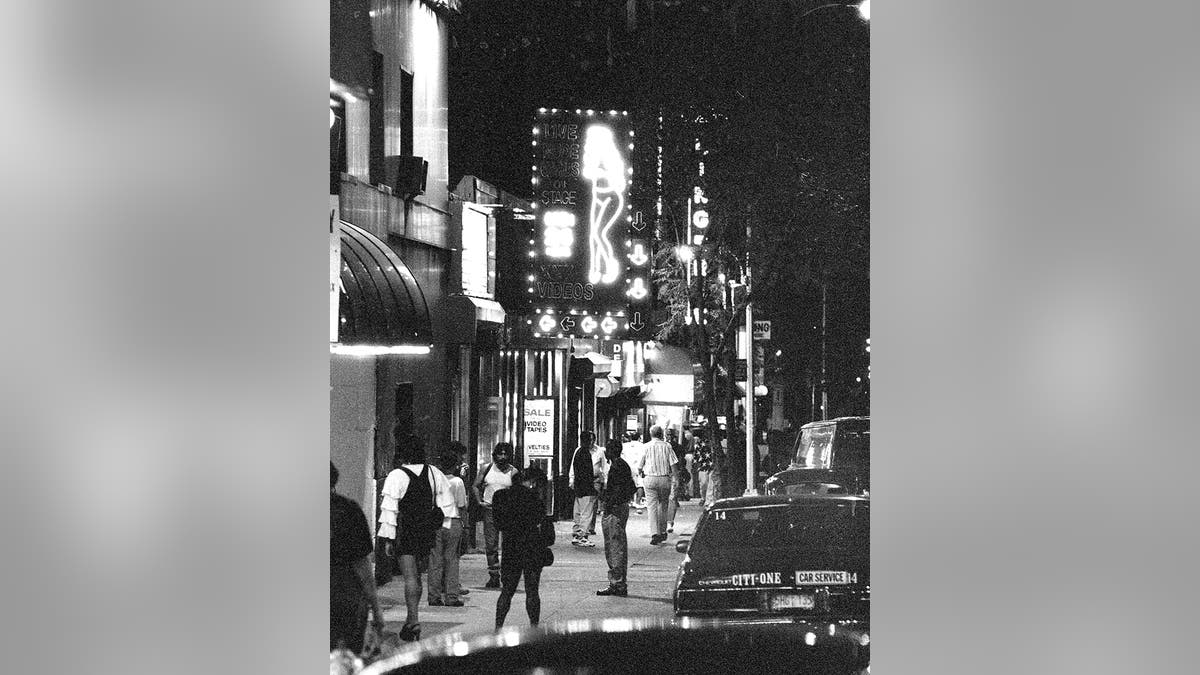
Sex workers previously said they saw Joel Rifkin cruising in New York City. (Budd Williams/NY Daily News Archive via Getty Images)
Reiss is hopeful that modern DNA technology will lead to the identification of the two victims – but it is a “slow process,” he admitted.
“For at least one of the victims, we don’t have DNA yet,” he explained. “If anyone watches the program and recognizes any of the clothing or jewelry, there is a number for viewers to call. So there is hope that this program will generate some new leads.”
“And as part of the investigation into trying to identify these two women, we learned of two other women who have never been found,” he shared. “We spoke to their families. So there is hope that the program could help generate some leads for them too. And speaking to those families was an incredible experience. It was honestly an honor to connect with these loved ones who have spent decades searching for answers.”

General view of debris at Joel Rifkin’s home after police searched for evidence. (Budd Williams/NY Daily News Archive via Getty Images)
The clock is ticking, Reiss warned. There are moments when Rifkin ceases all communication and suddenly reaches out on his terms. At times, Rifkin claims he is struggling with his memory. There are also inconsistencies in his story. There is the worry that Rifkin will take the rest of his secrets to the grave.
“There were moments where I felt he was changing his mind or having second thoughts,” Reiss explained. “So there was a lot of anxiety about what would happen when police went to interview him. From the very beginning, he always said he wanted to help. We had many, many phone calls about that. He was very forthcoming with information, so I did believe he would be cooperative and help, but it just wasn’t a guarantee. It never was.”
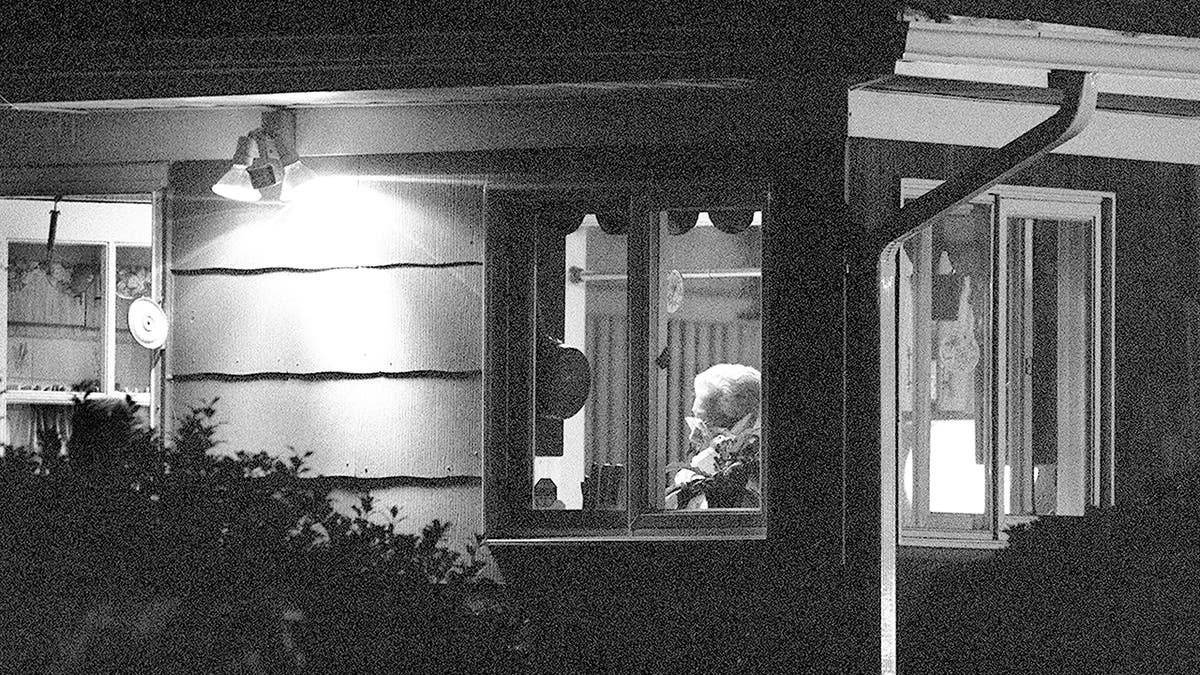
Joel Rifkin’s mother seen from a distance. (Willie Anderson/NY Daily News Archive via Getty Images)
“He’s the only one who has the answers we’re looking for,” Reiss continued. “There is still uncertainty about whether he’s being completely forthcoming or if he just has trouble remembering details, or if he’s even changing his story and keeping certain things close to his chest. It’s impossible to know. You have to remember in the back of your mind that maybe he’s playing a game. There is that possibility that he does have more information he’s just not sharing.”
TED BUNDY SURVIVOR REVEALS WHAT SAVED HER FROM SERIAL KILLER’S SORORITY-HOUSE RAMPAGE

The mothers of two victims of serial killer Joel Rifkin share an emotional moment outside Nassau County Court in Mineola, New York on July 7, 1993. Marie Alonso, left, is the mother of Anna Lopez and Margarita Gonzales, right, is the mother of Jenny Soto. ( Karen Wiles Stabile/Newsday RM via Getty Images)
“That’s why I’m still in touch with him and still trying to get more information from him,” Reiss added.
Reiss encourages viewers who may have any information following the special’s airing to come forward and call. They, too, could be the key to giving loved ones, plagued for decades with unanswered questions, closure.
“There is a dedication from law enforcement to solve these cases, which audiences will see,” said Reiss. “There are helicopters involved, dive teams looking for bodies. And I do believe we will get answers.”
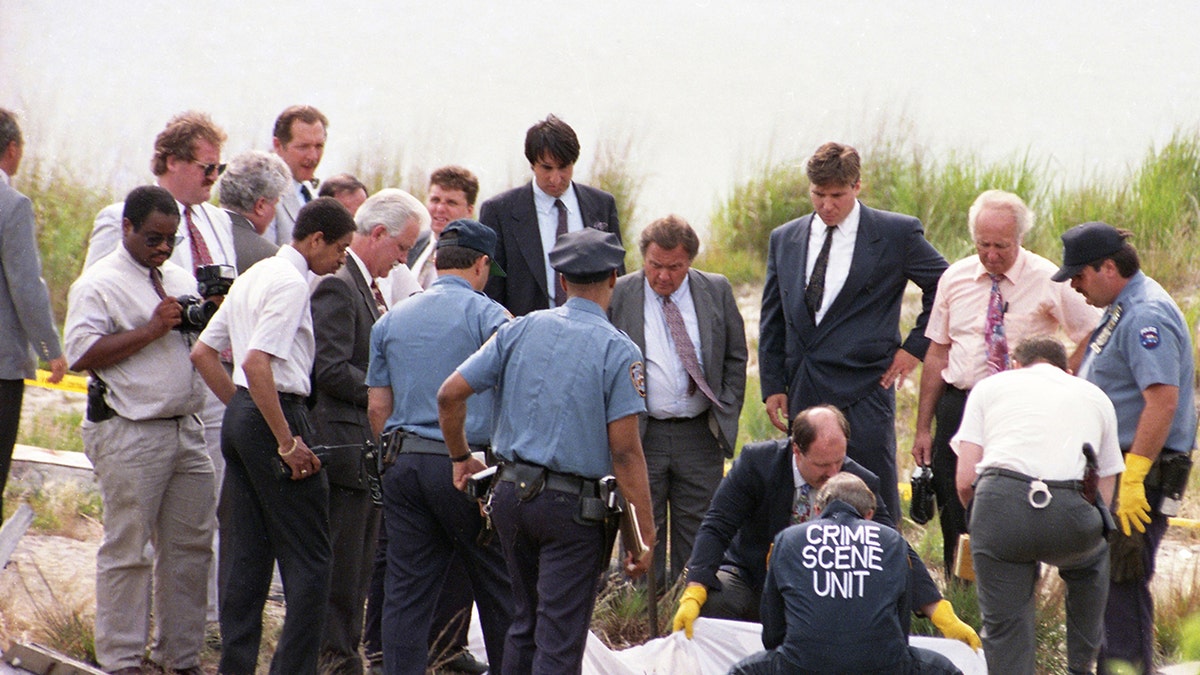
Police at the scene of one of the murder victims of serial killer Joel Rifkin right next to Rockaway Turnpike near Kennedy Airport on June 29, 1993. (V. Richard Haro/Newsday RM via Getty Images)
“Does Rifkin want to really help us or not? I’m still on the fence,” Reiss reflected. “I still don’t know the true answer. But with each day that passes, time is running out.”
“Cold Case Files: The Rifkin Murders” airs Sept. 30 at 8 p.m. on A&E. The Associated Press contributed to this report.